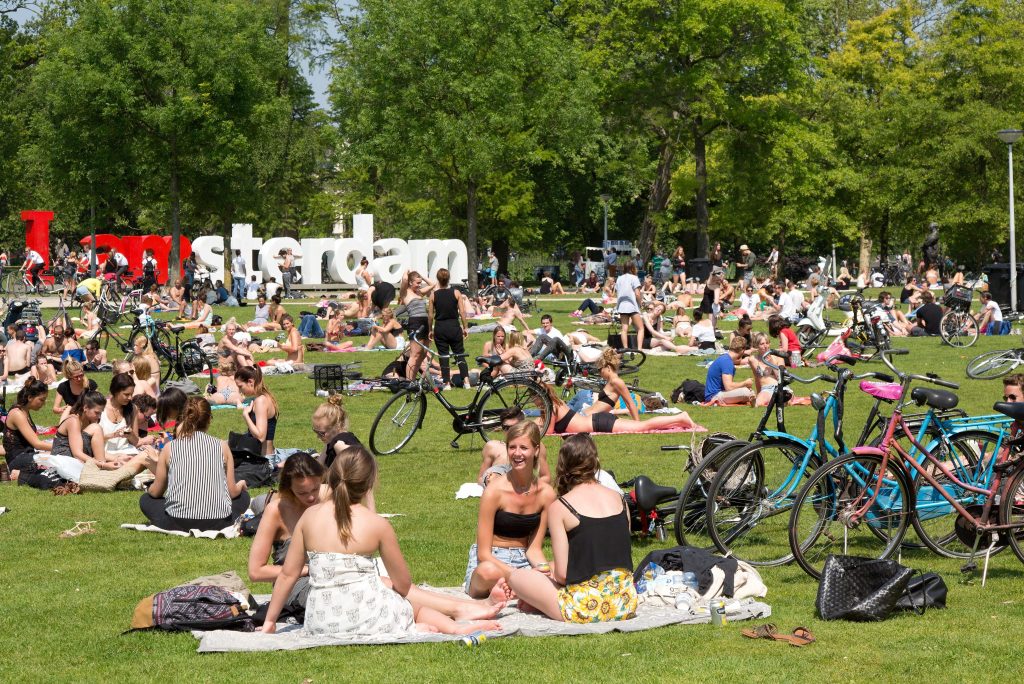Amsterdam, Airbnb and the Very Real Problem of Overtourism

Skift Take
Cities across Europe are wising up to the potential problem of too many tourists. Those tasked with marketing an "at risk" destination are going to have to work harder to spread tourism over a wider area in order to dilute the potential negative impact.
Spend any time walking the streets of Amsterdam and you’ll quickly understand why it has a tourism problem. Trams, bicycles and pedestrians all vie for space on the narrow streets, presenting a daunting task for the millions of visitors that come to the city each year.
Amsterdam is blessed by many features that make it highly attractive as a destination. It’s compact enough to get around on foot and English is widely spoken. Low-cost airlines offer hundreds of flights a day into Schipol airport with tourists drawn to its liberal policies on sex and drugs as well as its many museums.
In 2015, the city welcomed 17 million visitors, representing an increase of 15 percent since 2011 and in the same time period the number of visitor days almost doubled to 139 million.
Tourists are going to keep coming and that presents a big problem for Amsterdam.
"I think the city and its residents are very actively thinking about the impact that tourism is having on their city, and how they want this impact to play out," said Wouter Geerts, senior travel analyst at Euromonitor International. "Banning or capping tourists is not the way forward. Instead what is needed is a dialogue with all stakeholders to come to a mutually beneficial solution. This is what Amsterdam is trying to achieve."
Expanding the City
Frans van der Avert’s office overlooks the IJ waterway that bisects the city. Throughout the day, the chief executive of Amsterdam Marketing spends his time l
